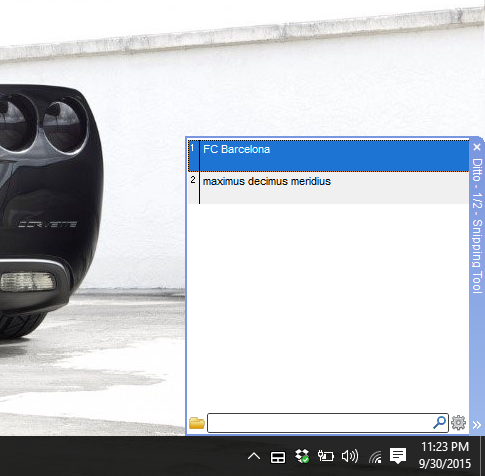In the quest to mimic God’s code we humans have been constantly trying to emulate the grand design by making our own version of mechanical creations that amaze us all. The latest in the line of many bionic creations is this BionicOpter (developed as a part of Bionic Learning Network) by Festo, that is a mechanical dragonfly mimicking the flight behavior of a dragonfly courtesy the energy efficient light weight mechanical components, sensors, open & closed loop systems and communication controls. The thrust and frequency of four flapping and twisting wings can be controlled individually for a very precise flight path assisted by advanced kinematics that can be controlled via a smartphone. With a wingspan of 70 cm and overall body length of 48 cm, BionicOpter UAV weighs only 175 grams, and the wings are made from carbon fiber frame and thin foil covering while the body structure is made from flexible polyamide and terpolymer.
The 9 servo motors, battery and high performance ARM microcontroller that provide all the flexible maneuvering for this drone during flight are placed in the small ribcage of this bionic dragonfly. BionicOpter has thirteen degrees of freedom giving it the maneuverability just like a real dragonfly making it a technological marvel.
# Festo
With the BionicOpter, Festo has applied these highly complex characteristics to an ultra-lightweight flying object at a technical level. For the first time, there is a model that can master more flight conditions than a helicopter, plane and glider combined. In addition to controlling the flapping frequency and the twisting of the individual wings, each of the four wings features an amplitude controller. This means that the direction of thrust and the intensity of thrust for all four wings can be adjusted individually, thus enabling the remote-controlled dragonfly to move in almost any orientation in space. The intelligent kinematics correct any vibrations during flight and ensure flight stability both indoors and outdoors.
Via: Engadget
Comments











